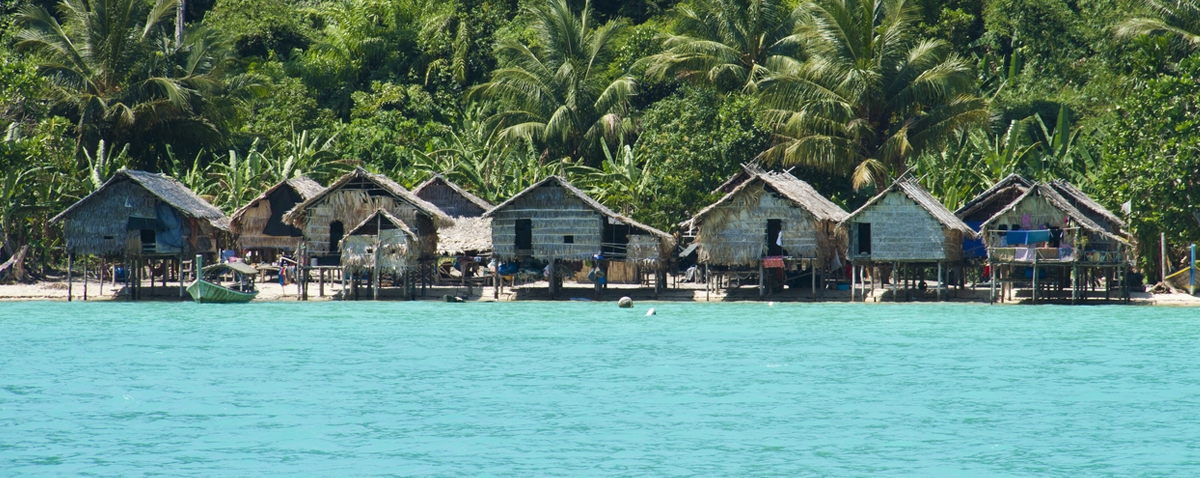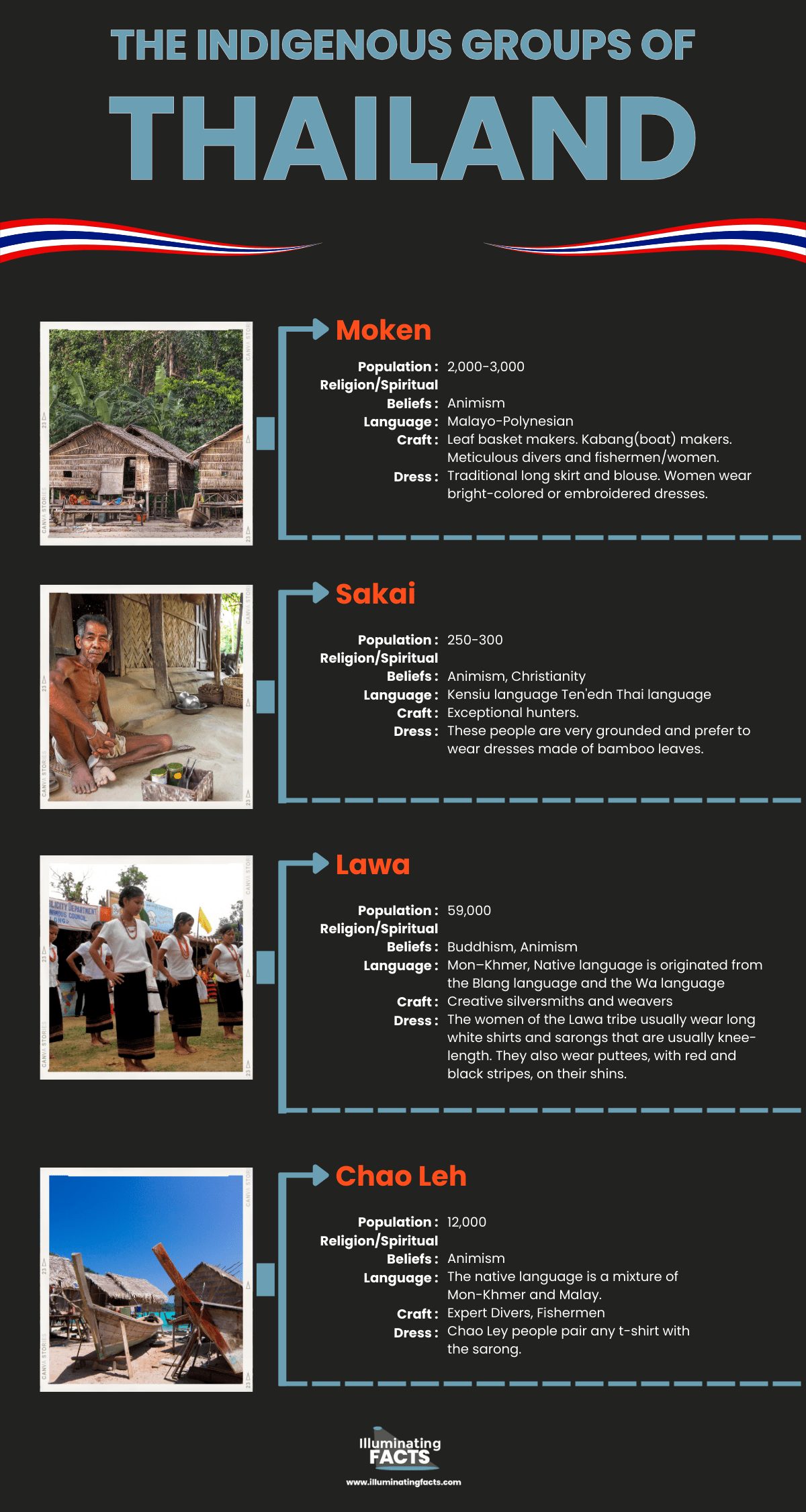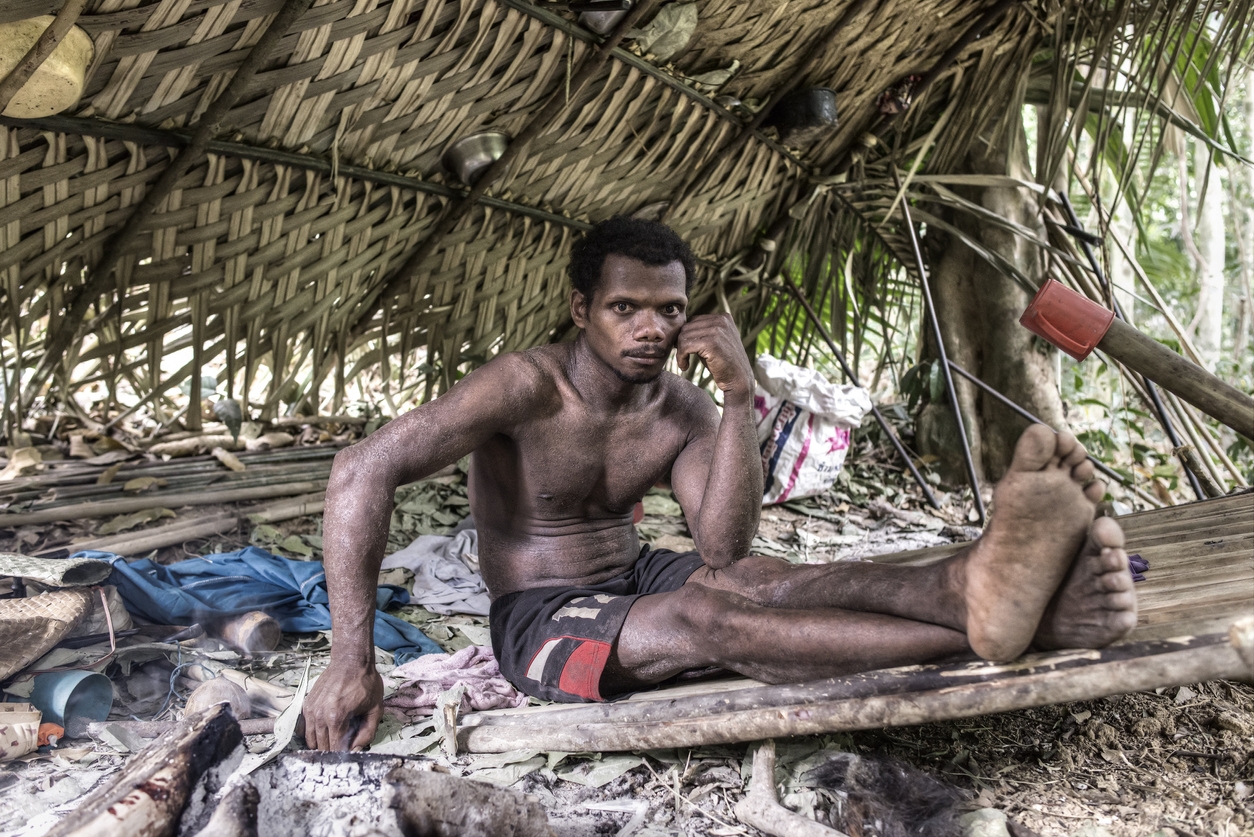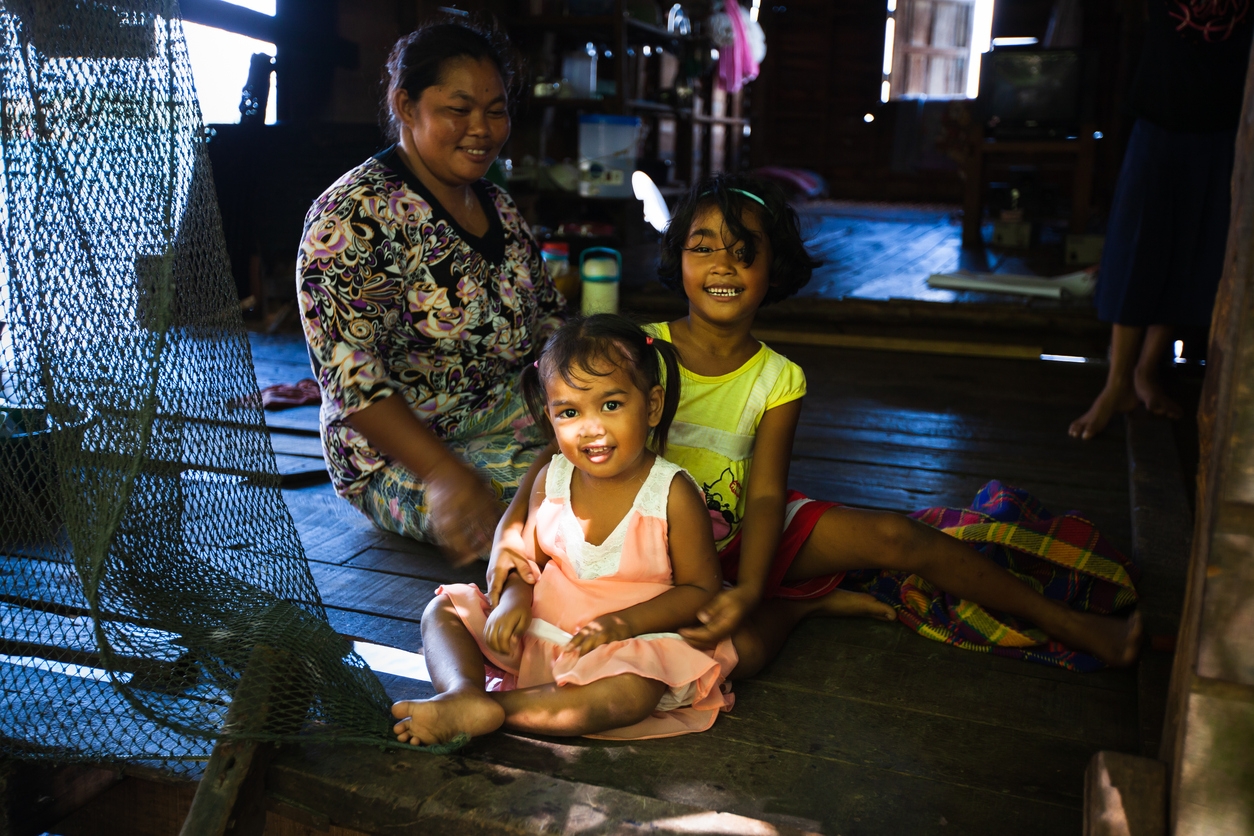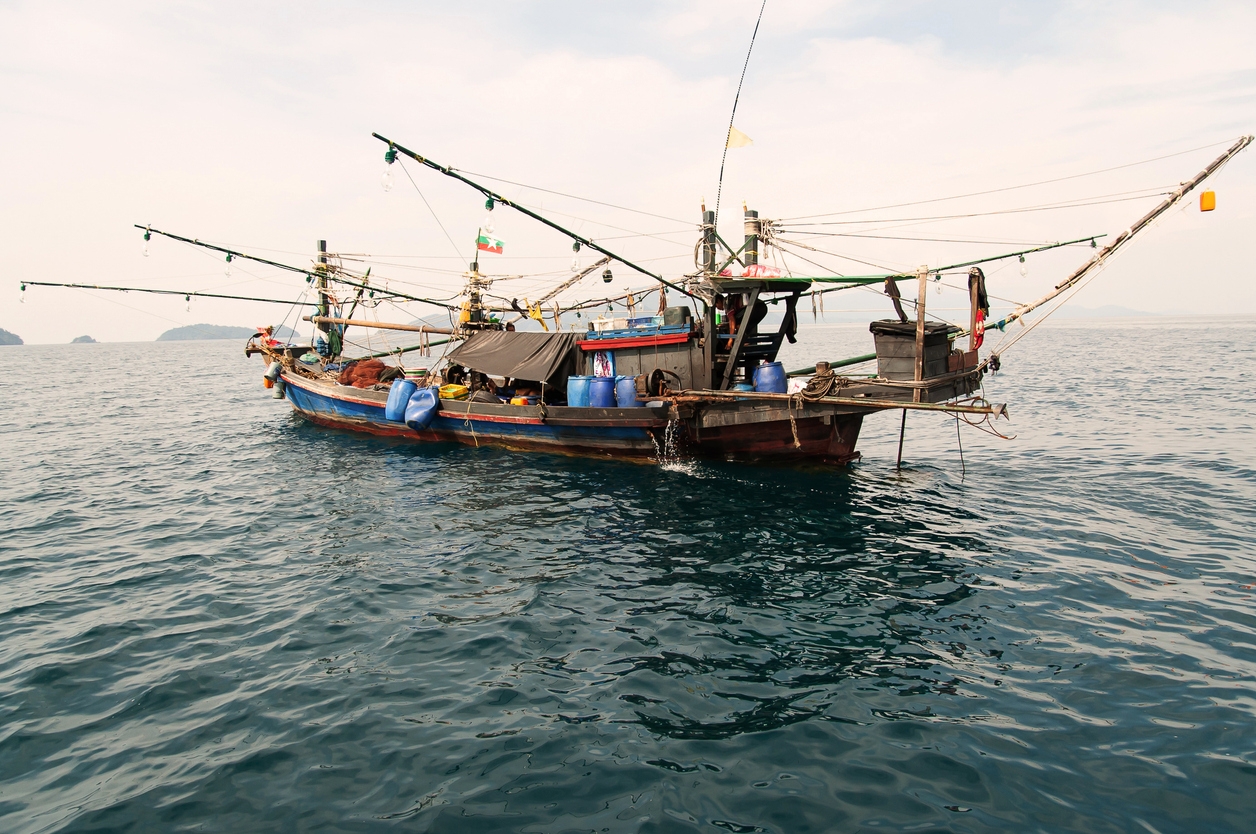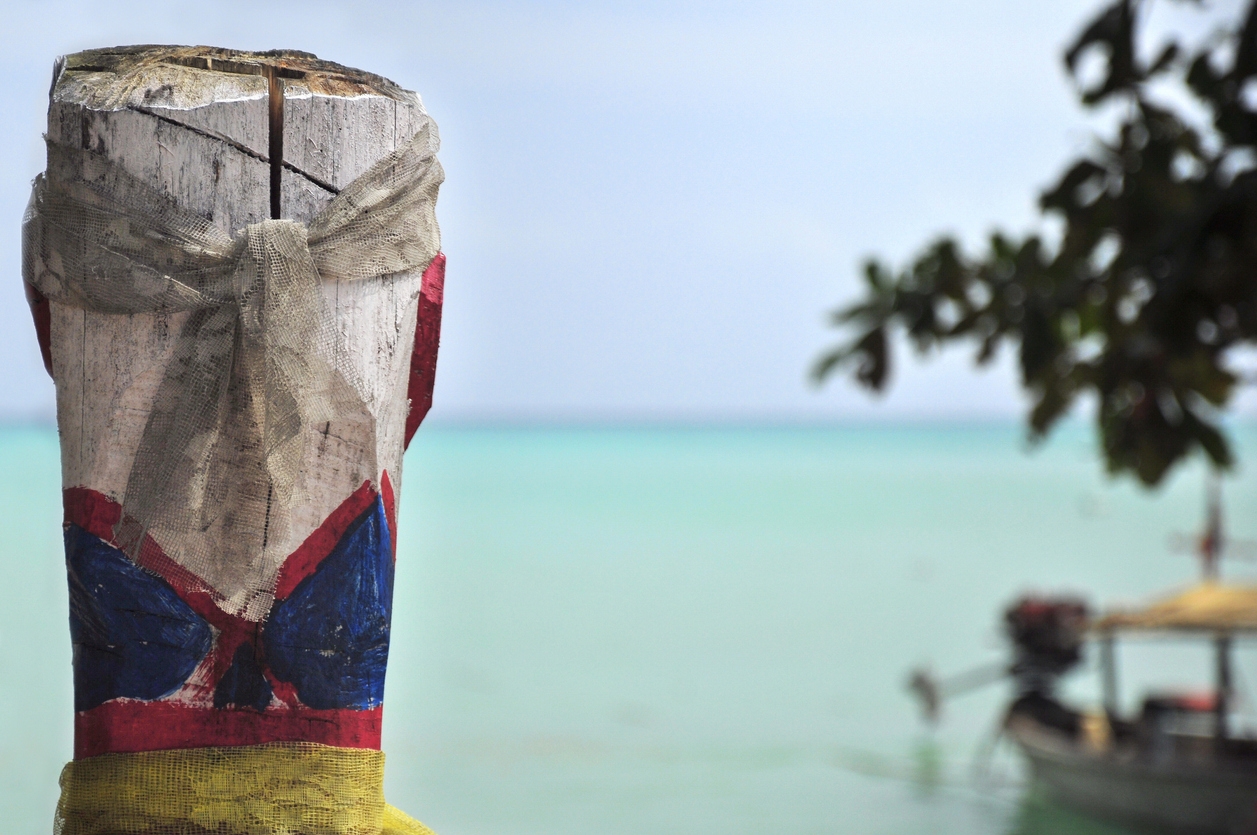With technological advancement, people believe everyone who is aware of technology and has corporate jobs is educated and knowledgeable but in reality, there are many who have the treasure of knowledge of nature and their region yet they do not own any technology, these people are normally called the indigenous or the native people. While indigenous people have the most rights over the land, these people often suffer the most as countries see them as a hurdle in development.
Over the years, indigenous communities have safeguarded the many rainforests by discouraging and resisting governments and organizations from carrying out their “development” plans. These communities enrich the country by preserving their natural heritage and reducing their carbon footprint. Thailand’s indigenous communities are similar in this regard, with their ethical practices and vibrant cultures, they add to the cultural diversity of the country.
Be sure to check out our in-depth guide to moving to Thailand.
The Indigenous Groups of Thailand
Thailand has four main indigenous groups, unfortunately, these semi-nomads have to face a tremendous amount of difficulties as they often are displaced from their homes because of tourism and development.[1] Many do not own citizenship despite living forever in Thailand and it was not until the tsunami of 2004 that many sea gypsies( the chao leh and moken), caught the attention of the media.[2] Sakai or Maniq, Moken, Chao Leh, and Lua are the most known indigenous tribes of the country, with Lua(Lawa) people having the highest population among the four groups.
Sakai (Mani, Maniq)
Maniq or Sakai people, as they are called in Thailand, live in Yala, Narathiwat, Satun, Trang, and Phatthalung provinces in southern Thailand. They are believed to have direct lineage to Hòabìnhian. These hunter-gatherers live the simplest life in harmony with nature. Though they do not have a written dialect, they have a language different from the languages generally spoken in Thailand. [3]
How Sakai Live
The temporary huts, built with bamboo and leaves, shelter them during extreme weather spells whereas, for clothing, they make use of bamboo leaves. The interesting fact about this indigenous group is that they take care of themselves when they fall sick using medicinal plants; the knowledge of which had been handed over from generation to generation.
These Negrito slaves were once kept in Malay sultans’ yards to entertain the people, the reason why they are called Sakai- a derogatory which means barbarism. Now just 300 in number in Thailand, these people lead a simple life by eating what they hunt or having various vegetables and fruits from the mountains and jungles they live in.
Moken
Moken or sea gypsies are also one of the subgroups of the Chao Leh tribe. These Austronesians spend a lot of time on or under the sea. From food to play, the Mokens have their lives attached to the sea. One can usually find them near the Andaman Coast of Thailand and Burma or Phang Nga, Phuket, and Satun regions. [4]
Moken and Their Knowledge of Nature
They are often called sea nomads as they often migrate when the weather conditions are not very favorable in one region. They are exceptional boat craftsmen as sea and boats are their means of survival. When the sea is tumultuous, they seek refuge in the village that the families build together. The dwellings standing on stilts, made of wood and leaves. It is intriguing to note that their practices are the least damaging to the environment and are very sustainable.
Unlike written history, Mokens share their histories, sea, wind, lunar knowledge, and folklore through verbal communication and storytelling. Not educated in the conventional sense, but their knowledge of nature is acquired through observations. Their attachment to the sea makes them experts in their surroundings, allowing them to perceive danger before it arrives. This could be the reason why all Moken, except one differently abled, survived the tsunami.
Chao Leh (Chao Lay/ Chao Lae)
The people of Chao Leh live in or near the sea all their lives. Divided into three groups Moken, Moklen, and Urak Lawoi, the group is divided by the different languages they communicate in but not by their cultures. Sea for them is sacred, their knowledge regarding sea and nature is profound as they are skilled divers who can survive for a longer duration than average underwater. They can go to as much as 20 meters without an oxygen cylinder. Tourists cannot find them in populated destinations, instead, they live mainly in deserted islands, such as Koh Bulon, Ko Lipe, and near Phuket town. [5]
The Friends of Nature
The people of all three groups lead a humble life by relying on the sea for their food and living either on Kabang during moderate climatic conditions or on elevated bamboo and wood homes during monsoon. They fish effortlessly without a net by using bamboo leaves and sticks as bait. Harpoon is often used for hunting as well.
Lua (Lawa)
Though often mistaken as the hill tribes, the Lawa people belong to the oldest indigenous group in Thailand. It is believed that this group has been living in Thailand for more than 4000 years. Having their roots in Mon Khmer, they even speak the same language.
The Subgroups of the Lawa Community
The group is further divided into two groups because of the regions in Thailand they reside in. Those who live near Bo Luang village are named East Lawa whereas the West Lawa group has their villages in Mae Sariang. The Lawa community also resides in Chiang Mai, Doi Lo, Chiang Rai, and Hong Son provinces. [6] Their villages usually are near rice fields as the Lawa people are farmers. While the younger generations do not always wear their traditional attire, the older ones still can be seen wearing their cultural dresses.
Unique Cultural Aspects and Traditions
These indigenous communities, though exist for centuries, and people often look down upon them due to their different way of living. These people deserve to be respected and praised for their different cultures and valuable indigenous knowledge and skills. Most indigenous groups do not have Thailand’s citizenship though they have existed all their lives in the region.
The groups do not acquire formal education but their skills in their craft cannot be matched even by the experts. From being the best divers(who can stay underwater for more than a minute) to using their traditional skills to hunt, fish, or make boats, the indigenous tribes of Thailand are genius at their crafts.
The table below gives an overview of the craft, religion, and traditional attire worn by people of different groups.
Indigenous Group | Population | Religion/Spiritual Beliefs | Language | Craft | Dress |
Moken | 2,000-3,000 | Animism | Malayo-Polynesian | Leaf basket makers. Kabang(boat) makers. Meticulous divers and fishermen/women. | Traditional long skirt and blouse. Women wear bright-colored or embroidered dresses. |
Sakai | 250-300 | Animism, Christianity | Kensiu_language Ten'edn Thai_language | Exceptional hunters. | These people are very grounded and prefer to wear dresses made of bamboo leaves. |
Lawa | 59,000 | Buddhism, Animism | Mon–Khmer, Native language is originated from the Blang language and the Wa language | Creative silversmiths and weavers | The women of the Lawa tribe usually wear long white shirts and sarongs that are usually knee-length. They also wear puttees, with red and black stripes, on their shins. |
Chao Leh | 12,000 | Animism | The native language is a mixture of Mon-Khmer and Malay. | Expert Divers, Fishermen | Chao Ley people pair any t-shirt with the sarong. |
Spiritual Beliefs, Rituals, and Way of Living
While these neglected communities are mostly on their own for their survival, the country is a member of the United Nations Declaration on the Rights of Indigenous Peoples (UNDRIP) and has an organization, Asian Indigenous Peoples Pact (AIPP), to safeguard the rights of the indigenous communities. As most group people are animists, their rituals are all related to spirits, omens, and animal/blood sacrifices.
One festivity which is celebrated with enthusiasm is the Turtle Festival. The turtle is symbolized as a woman who gives life. The turtle is often speared using a harpoon and then served to all. Many sing and dance and play drums made of monitor lizard skin. The tribesmen and women pray for good health and good catch during this festival.[7]
Whether we understand their way of living or not, their sustainable way of life should be appreciated as their practices involve minimal damage to the environment.
Conclusion:
It is unfortunate that many of these indigenous tribes face atrocities due to development and tourism but if one realizes the value of these people and the wisdom of nature they have, one will understand how significant these people and their knowledge are for learning about a sustainable lifestyle. These people are a prime example of how one can coexist with nature without harming it. If you plan to visit Thailand and learn their ways of living, respecting their rituals and norms and their privacy should be considered as the utmost priority.
References:
[1] Indigenous peoples in Thailand. (n.d.). https://www.iwgia.org/en/thailand.html
[2] Indigenous Peoples in Thailand: A contradictory interpretation. (2019, November 24). Asia Dialogue. https://theasiadialogue.com/2019/11/29/indigenous-peoples-in-thailand-a-contradictory-interpretation/
[3] Maniq people. (n.d.). DBpedia. https://dbpedia.org/page/Maniq_people
[4] The Moken people. (2022, December 6). The Moken Islands. https://www.mokenislands.com/moken-people/
[5] Iverson, K. (2017, March 29). Who are the Chao Lae people of Thailand? Culture Trip. https://theculturetrip.com/asia/thailand/articles/who-are-the-chao-lae-people-of-thailand/
[6] The Lawa – Indigenous People of north Thailand. (2021, April 29). Chiang Mai à La Carte. https://www.chiangmai-alacarte.com/lawa-people/
[7] Hays, J. (n.d.). Moken sea nomads: History, life and culture. Facts and Details. https://factsanddetails.com/southeast-asia/Myanmar/sub5_5d/entry-3934.html

